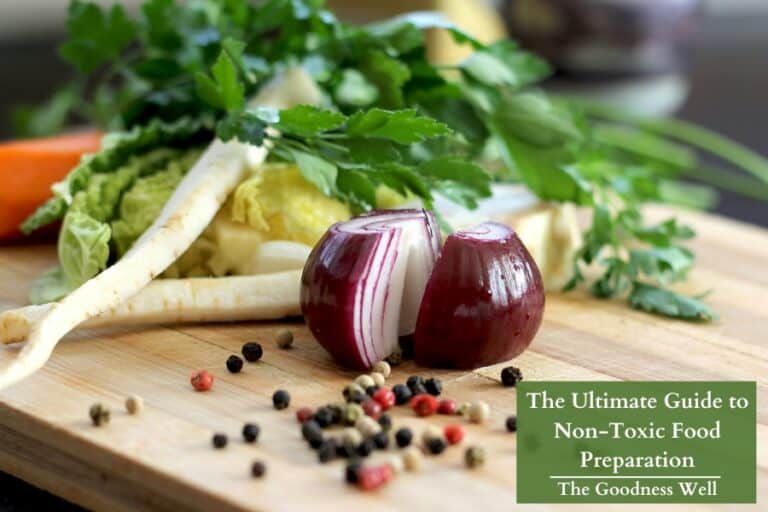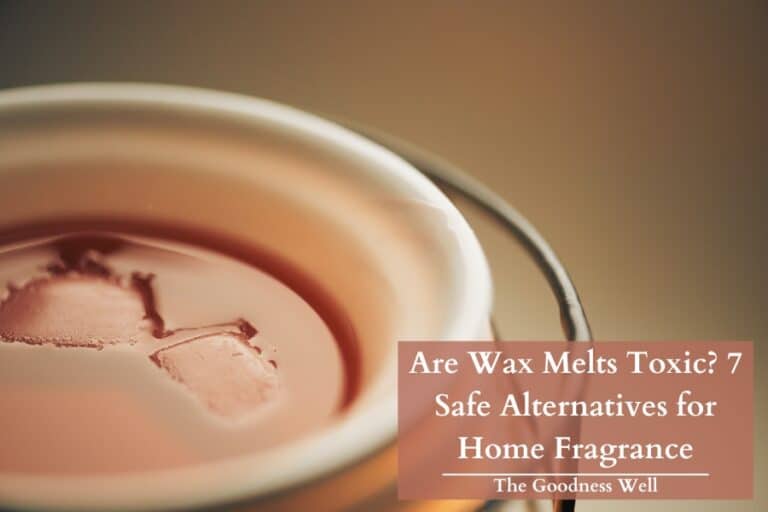The 11 Essential Tips on How to Recycle Properly at Home
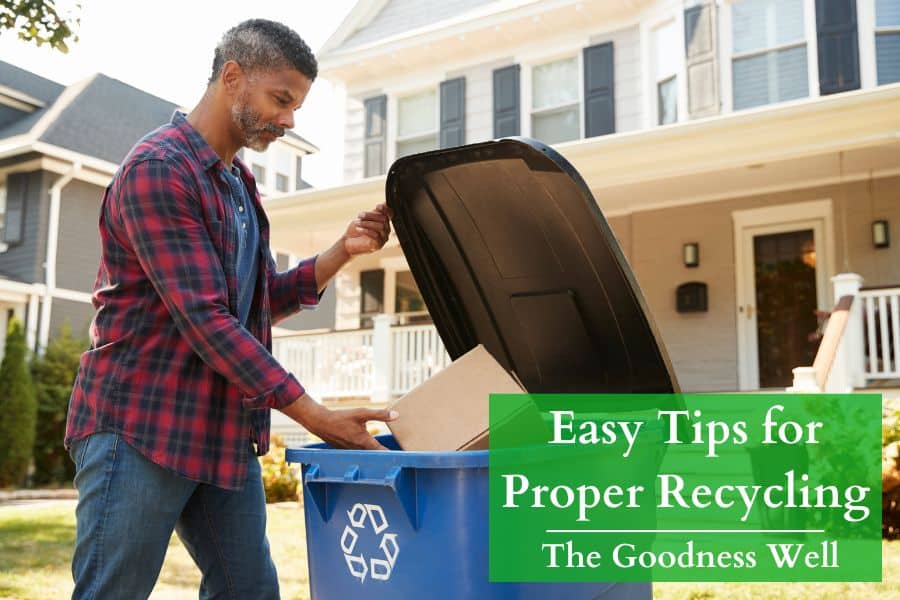
Recycling should not be this confusing. From inconsistent rules across cities to unclear packaging labels, the system is a bit flawed to say the least.
Also, contamination rates can reach 25% in residential recycling, which leaves many recycled items in landfills instead.
But we’re here to clear up all this recycling confusion and show you exactly what you need to know, from setting up a simple but efficient home system to decoding recycling symbols and properly preparing materials.
By using these strategies, you’ll reduce waste, conserve resources, and support the circular economy our planet needs.
Let’s dive in
Tip 1: Set Up Your Recycling System
Make recycling easier by setting up a simple system in your home:
The Two-Bin System: Indoor & Outdoor Bins

Keep a recycling container in the kitchen and when this fills up, simply transfer the contents to your large curbside recycling bin outside.
Here are some more tips to make this easier:
- Place your inside recycling bin in an accessible spot in the kitchen, where most household waste is generated.
- Optional:
- Keep extra mini recycling bins around the home like next to your bathroom trash for recyclable items like empty shampoo bottles and toilet paper tubes. Once these fill up you can put them in the kitchen recycling bin.
- Keep a paper bag for collecting mail and papers in your home office or near where you sort mail.
- Use a reusable tote bag to carry recyclables from around the house to your main bin.
Remember, you don’t need a complicated setup – just make recycling as convenient as throwing something away.
When recycling is easy to access, it becomes a habit rather than a chore.
Tip 2: Know Your Recycling Symbols ♽

Recycling symbols can be confusing, but understanding a few basics will make your recycling more effective:
The Chasing Arrows Symbol
The most common recycling symbol is the triangle of chasing arrows with a number inside (1-7). Here’s what they mean in simple terms:
- #1 (PET): Water bottles, soda bottles — widely accepted
- #2 (HDPE): Milk jugs, detergent bottles — widely accepted
- #3-7: Varies by location, but generally more difficult to recycle
Quick Recycling Decision Guide:
- Focus on recycling #1 and #2 plastics, which are accepted almost everywhere
- When in doubt about a plastic container, check the bottom for the number
- Remember that plastic bags, even with recycling symbols, usually don’t go in home recycling bins
Tip 3: What TO Recycle ✅
*Print this and place it on your fridge!
Understanding what actually belongs in your recycling bin is perhaps the most important part of recycling effectively.
Here’s a simple guide to common recyclables:
Recyclable Household Items ♻️
Paper Products 📄
- Newspapers
- Magazines
- Junk mail (remove plastic windows)
- Office paper
- Paper bags
- Flattened cardboard boxes (cereal boxes, shipping boxes)
- Clean pizza boxes (no grease or food residue)
- Paper egg cartons
- Paper towel tubes
- Toilet paper tubes
- Phone books
- Paperback books
- Shredded paper (in paper bags)
- Non-metallic wrapping paper
Plastics ♳
- Plastic bottles (#1 PET)
- Milk jugs (#2 HDPE)
- Detergent bottles
- Shampoo bottles
- Yogurt containers
- Butter tubs
- Water bottles
- Soda bottles
- Clean plastic food containers
Metal 🥫
- Aluminum cans (soda and beer cans)
- Steel/tin cans (soup, vegetable cans)
- Clean aluminum foil and trays
- Metal bottle caps
- Empty aerosol cans (non-hazardous)
Glass 🫙
- Glass bottles (all colors. remove lids and rinse)
- Glass jars
- Glass food containers
Special Notes:
- Many items can be recycled if clean but must go to trash if soiled with food
- Bottles and containers must be emptied completely before recycling
- Containers should be rinsed to remove food residue (they don’t need to be spotless)
- Remove caps from bottles when possible (check local guidelines)
- Flatten all cardboard boxes to save space
- Pizza boxes can only be recycled if completely free of grease and food residue
- Aluminum foil can only be recycled if clean and free from food residue
- Shredded paper should be contained in a paper bag to prevent it from escaping during sorting
- Never bag your recyclables in plastic bags
- Labels on containers are generally fine to leave on
- Aerosol cans must be completely empty with no pressure remaining
- Don’t crush aluminum cans as it can make them harder to sort
- Always check your local recycling guidelines for specific requirements
Tip 4: What NOT TO Recycle ❌
Try your best to avoid putting non-recyclable items in your bin as they can ruin an entire batch of recyclables.
Non-Recyclable Household Items (Put in Trash) 🚮
Plastics ♹
- Plastic bags (return these to grocery stores instead)
- Bubble wrap
- Plastic film
- Disposable coffee cups (they’re lined with plastic)
- Polystyrene/Styrofoam containers
- Plastic utensils
- Plastic straws
- Plastic toys
- Plastic hangers
- Plastic packaging with mixed materials
Paper Products 🧻
- Greasy/dirty pizza boxes
- Paper towels
- Tissues
- Napkins
- Wax-coated paper cups
- Foil or metallic wrapping paper
- Paper plates with food residue
- Photos
Other Materials 👕
- Wood
- Ceramics
- Drinking glasses
- Window glass
- Mirrors
- Light bulbs
- Diapers
- Clothing and textiles (donate to charities)
- Electronics (require special recycling)
- Batteries (require special recycling)
- Paint cans
- Food waste
- Garden hoses
- Propane tanks
- Cassette tapes
- CDs/DVDs
⚠️ Common Mistakes to Avoid:
- Putting recyclables in plastic bags
- “Wishcycling” (recycling something because you hope it’s recyclable)
- Not emptying food containers before recycling
- Leaving caps and lids on bottles

Why Contamination Matters:
When your recycling is contaminated, it can cause everything to get diverted to the landfill.
Processing facilities can’t handle certain materials, and some contaminants damage equipment or create safety hazards for workers.
Clean recycling is more valuable and more likely to actually be recycled into new products.
Tip 5: Proper Preparation Techniques
Properly preparing your recyclables only takes a few extra seconds but dramatically improves their chances of actually being recycled.

Clean Your Containers 🧽
- Give containers a quick rinse to remove food residue
- No need for dishwasher-clean—just make sure they’re free of major food particles
- For stubborn residue (like peanut butter jars), fill with warm water and dish soap, shake, and rinse
- Empty liquids completely before recycling bottles and cartons
Break Down Cardboard
- Flatten all cardboard boxes to save space in your bin
- Break down larger boxes completely—oversized or unflattened boxes might be rejected
- Remove any packing materials like styrofoam or plastic air pillows
- Cut or fold large boxes to fit inside your recycling bin
Labels and Tape
- Most recycling facilities can handle paper labels on containers
- Remove plastic shrink labels when possible (like those around some bottles)
- Remove excessive tape from cardboard boxes
- Plastic windows in envelopes and packaging should be removed when easy to do so
Tip 6: Special Case Items
Unfortunately, some items aren’t as simple as recycling or throwing away.

Here’s how to deal with these items:
Household Hazardous Waste 🧴
- Examples: Paint, pesticides, motor oil, cleaning chemicals, nail polish remover
- What to do: Take to your city’s hazardous waste facility or drop-off event
Batteries 🔋
- Examples: AA, AAA, lithium-ion, car batteries
- Why: They contain heavy metals and can cause fires in landfills or trucks
- What to do: Drop off at electronics stores, recycling centers, or special collection bins
Electronics (E-Waste) 📱
- Examples: Phones, laptops, TVs, tablets, cords, printers
- Why: Contain metals, plastics, and sometimes toxic materials
- What to do: Recycle at e-waste collection centers or programs like Best Buy or Staples
Light Bulbs 💡
- Examples: CFLs, fluorescent tubes
- Why: CFLs contain small amounts of mercury
- What to do: Take to a hardware store (like Home Depot) or local recycling event
Aerosol Cans 🧯
- Examples: Spray paint, hairspray, cooking spray
- Why: Can be explosive if not fully empty
- What to do: Fully empty ones may be recyclable (check locally); otherwise, dispose via hazardous waste program
Textiles and Clothing 👕
- Why: Most curbside recycling won’t accept them, even if damaged
- What to do: Donate wearable clothes, or find textile recycling drop-offs for scraps
Tires 🚗
- Why: Not accepted in trash or regular recycling
- What to do: Drop off at tire shops or municipal waste stations for a fee
Plastic Bags & Film 🧼
- Why: They jam recycling machines
- What to do: Take to store drop-offs at places like Walmart, Target, or Kroger
Toys (especially electronic or mixed material) 🧸
- Why: Often made from mixed plastics and electronics
- What to do: Donate usable toys, or check for e-waste toy recycling programs
Appliances (Large and Small) 🔌
- Examples: Microwaves, fridges, blenders
- What to do: Take to a scrap metal yard, e-waste facility, or appliance store with a take-back program
Takeaways
Tip 7: Debunking Recycling Myths
Let’s clear up some common misconceptions that might be affecting your recycling habits:

Myth #1: The Recycling Symbol ♺ Means It’s Recyclable Curbside
✅ Reality: The chasing arrows symbol with numbers 1-7 only identifies the plastic type, not whether your local program accepts it. Many municipal programs only accept certain numbers, typically #1 and #2 plastics like bottles and jugs. Always check your local guidelines.
Myth #2: All Plastics Can Be Recycled
✅ Reality: While theoretically most plastics could be recycled, many lack the infrastructure or economic incentive for processing. Focus on rigid containers like bottles and jugs (#1 and #2 plastics), which have established recycling markets and higher recovery rates.
Myth #3: Pizza Boxes Are Never Recyclable
✅ Reality: Modern recycling facilities can handle pizza boxes with minor grease stains. As long as there’s no stuck-on food or excessive oil, most programs now accept them. Simply remove any leftover food and heavily soiled portions.
Myth #4: Bagging Recyclables Keeps Things Organized
✅ Reality: Plastic bags create major problems at sorting facilities, jamming equipment and causing shutdowns. Always place recyclables loose in your bin and take plastic bags to grocery store collection points instead.
Myth #5: Items Must Be Perfectly Clean to Recycle
✅ Reality: A quick rinse is good enough for most containers. The goal is removing visible food residue that could contaminate other recyclables, not achieving spotless perfection. Don’t waste excessive water scrubbing containers.
Myth #6: Recycling Uses More Energy Than Making New Products
✅ Reality: Recycling typically requires significantly less energy than manufacturing from raw materials. For example, recycled aluminum uses about 95% less energy, recycled paper about 60% less, and even plastics save about a third of the energy needed for new production.
Myth #7: When In Doubt, Throw It In The Recycling Bin
✅ Reality: “Wishcycling” actually harms the recycling process. Items like garden hoses, electronics, and broken ceramics can damage equipment, cause safety hazards, or contaminate entire loads. When uncertain, look it up or leave it out.
Myth #8: Everything Gets Sorted Out Anyway
✅ Reality: Recycling facilities have limitations. Too much contamination can result in entire truckloads being rejected and sent to landfills. Your careful sorting at home is crucial to the success of the entire recycling system.
Tip 8: Beyond the Bin: Local Resources
Your curbside recycling bin is just the beginning of your recycling journey.
Many items require special handling, but fortunately, you have local resources that can help:
Finding Local Recycling Centers ♻️
Most communities have dedicated recycling centers that accept items not permitted in curbside programs.

These facilities typically handle materials like:
- Styrofoam packaging
- Electronic waste
- Paint and chemicals
- Large metal items
- Construction materials
Look up your city or county’s solid waste department website to find the nearest drop-off location and their accepted materials list.
Special Recycling Events ♻
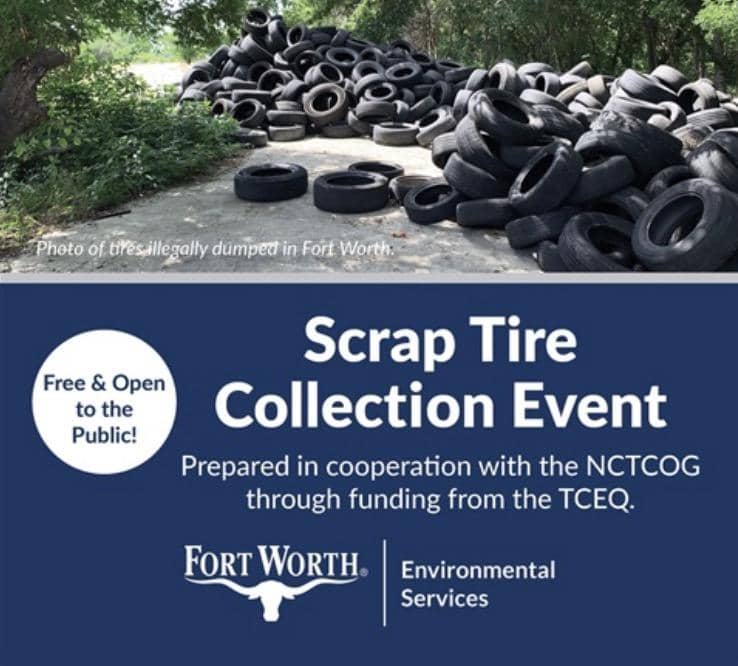
Many communities host seasonal collection events for:
- Household hazardous waste
- Electronics recycling days
- Paper shredding events
- Tire collection
- Medication take-back days
Check your local government website or social media pages for announcements about these special collection opportunities.
Helpful Apps and Tools 🛠️
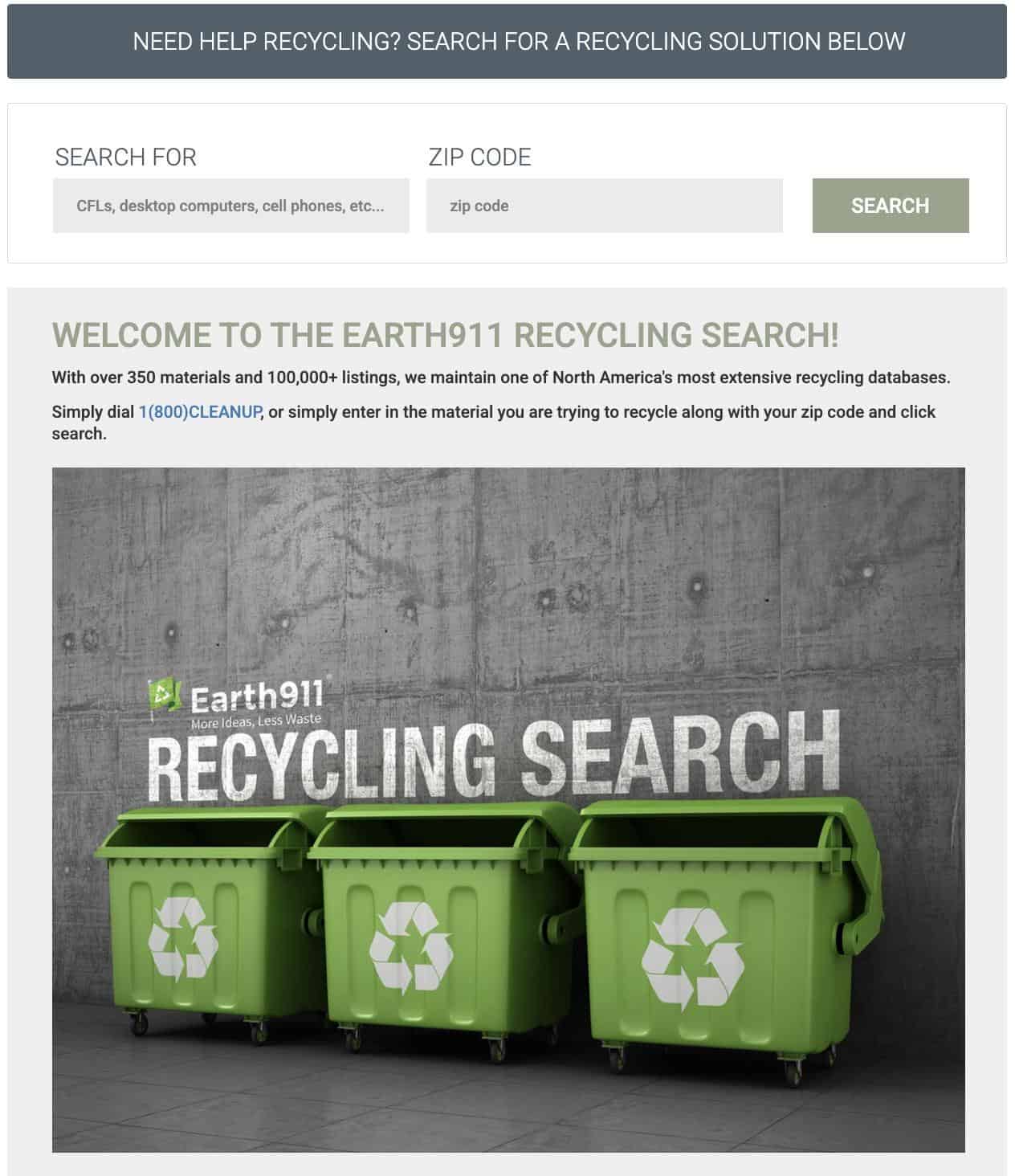
Several free resources can simplify finding recycling options:
- Earth911.com lets you search by material type and ZIP code
- The RecycleNation app helps locate nearby facilities
- The iRecycle app provides local recycling information
- Your waste hauler’s website often includes a searchable “what goes where” tool
Taking advantage of these resources ensures that even hard-to-recycle items find their proper destination, keeping them out of landfills and giving materials a new life!
Tip 9: Understanding the Benefits
Recycling isn’t just a feel-good activity—it delivers significant, measurable benefits to our environment, economy, and communities:

Environmental Impact 🌳
Every item you recycle helps reduce pollution and greenhouse gas emissions.
For example, Each ton (2,000 pounds) of recycled paper can save 17 trees, 380 gallons of oil, three cubic yards of landfill space, 4,000 kilowatts of energy, and 7,000 gallons of water.
Aluminum recycling is even more impressive—recycling one can saves enough energy to run a TV for three hours, while producing new aluminum from raw materials generates 95% more air pollution.
Economic Benefits 💵
The recycling industry creates far more jobs than landfilling the same materials.
According to the EPA’s 2020 Recycling Economic Information (REI) Report, recycling and reuse activities in the United States accounted for: 681,000 jobs; $37.8 billion in wages; and. $5.5 billion in tax revenues.
These are local jobs that can’t be outsourced—from collection and processing to manufacturing new products from recycled content.
Resource Conservation⚡️
Our planet has finite resources, and recycling helps preserve them for future generations.
- Recycling aluminum saves 95% of the energy needed to make new aluminum from raw materials
- Steel recycling saves 60% of production energy
- Recycling plastic saves about 30% of the carbon emissions compared to new plastic production
When you recycle consistently and correctly, you’re not just helping the environment—you’re supporting a circular economy that benefits your community economically while preserving natural resources for your grandchildren and their children.
Tip 10: Recycling in Shared Living Spaces
Recycling in apartments, dorms, or homes with multiple people comes with its own set of challenges. (from my college experience of living with 5 other guys in a 3 bedroom apartment)
Limited space, differing commitment levels, and unclear building policies can make it harder to establish good habits.
Recycling While Living With Others

Start with a casual conversation about recycling goals and make sure everyone understands the basics.
Post a simple guide somewhere visible, like the refrigerator or near your collection bins.
Don’t criticize, just set an example. Even if your living mates don’t always recycle the right things, look at this experience as planting a seed for helping them recycle properly in the future.
How to Recycle Living in an Apartment
Sometimes apartment complexes just don’t seem to care about recycling, which is unfortunate. It can be a bit of a headache, but recycling in an apartment is definitely possible.

- Set up a personal recycling system using reusable grocery bags to sort recyclables in your kitchen drawers.
- If you have limited space, consolidate your kitchen items to free up a couple of drawers where you can store recyclables separated by type (paper, plastic, etc.).
- Then, when the bags are full, take them to your nearest recycling center.
You can find the closest center by using Earth911’s search feature online, which will tell you which items each center accepts.
Space-Saving Solutions
- Use stackable bins that fit under sinks or in closets
- Repurpose paper grocery bags as temporary collectors
- Install a small wall-mounted bin for paper in office areas
- Always flatten containers and cardboard to maximize space
Tip 11: Reducing Waste Before Recycling
While recycling is important, reducing waste at the source is even more important!
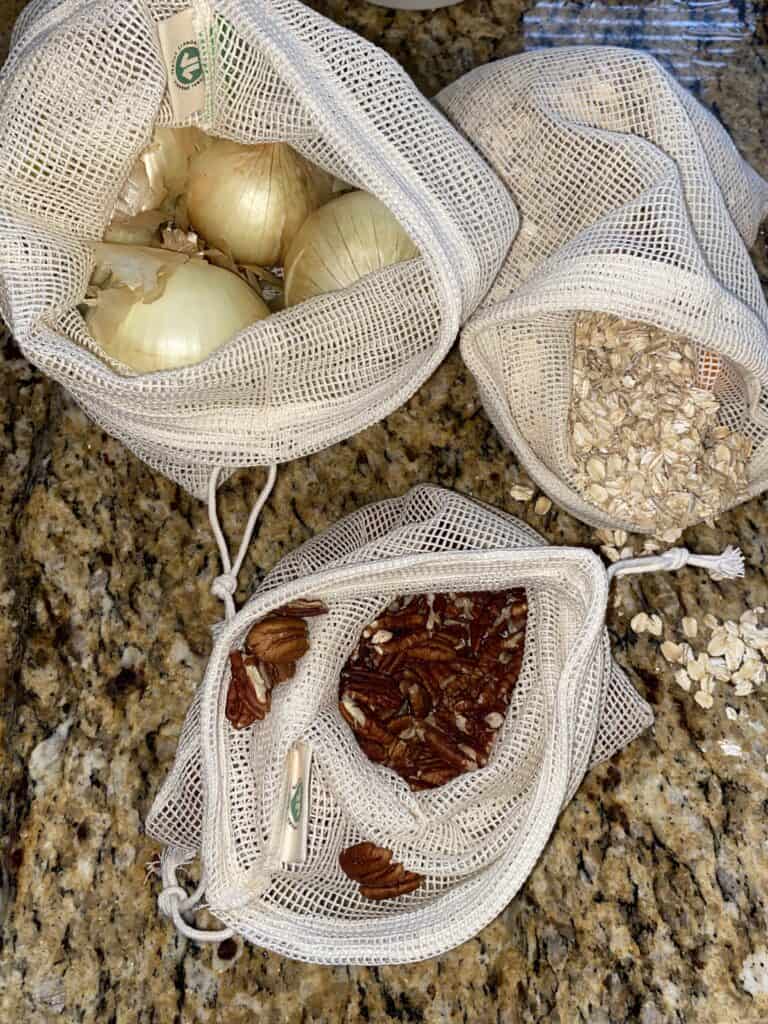
The most sustainable item is the one you never need to dispose of in the first place.
Check out our article on the essential eco friendly kitchen swaps to help reduce waste!
Reuse Strategies Before Recycling ♻️
- Invest in reusable alternatives to disposable items (water bottles, shopping bags, coffee cups).
- Repurpose glass jars as food storage, organizing containers, or vases
- Use old t-shirts as cleaning rags instead of paper towels
- Share or donate items you no longer need instead of discarding them
Minimizing Packaging Waste 📦
- Buy in bulk when practical to reduce packaging
- Choose products with minimal or recyclable packaging
- Bring your own containers to stores that allow refilling
- Opt for concentrated products that use less packaging
- Request no cutlery or extras with takeout orders
Upcycling Ideas for Common Items 🧶
- Transform empty tin cans into planters or pencil holders
- Use cardboard boxes for storage or kids’ craft projects
- Repurpose wine corks for bulletin boards or garden markers
- Turn old furniture into new pieces with simple modifications
Remember that the recycling hierarchy is “Reduce, Reuse, Recycle” – in that order.
The most environmentally friendly approach is to prevent waste before it needs to be recycled.

